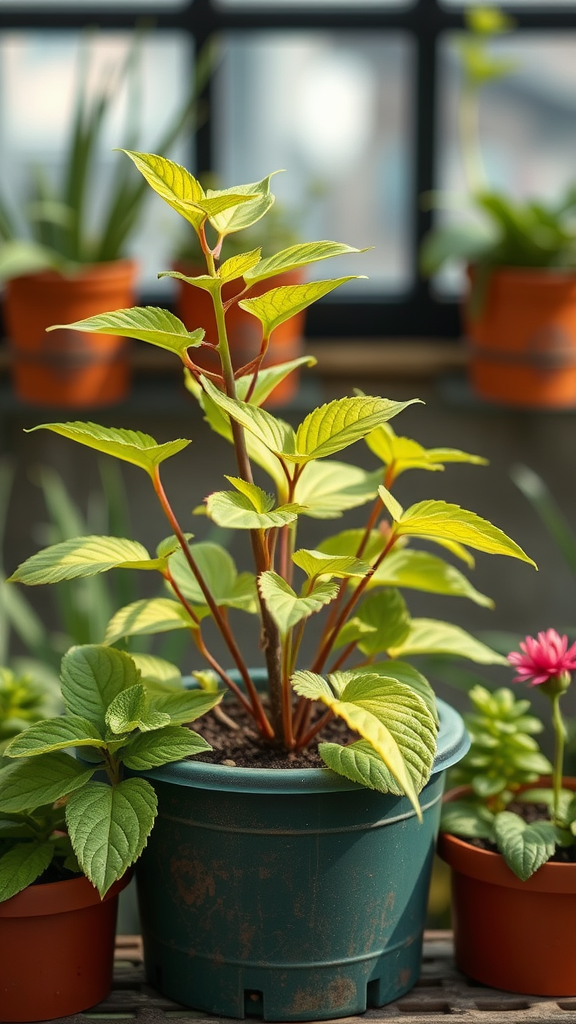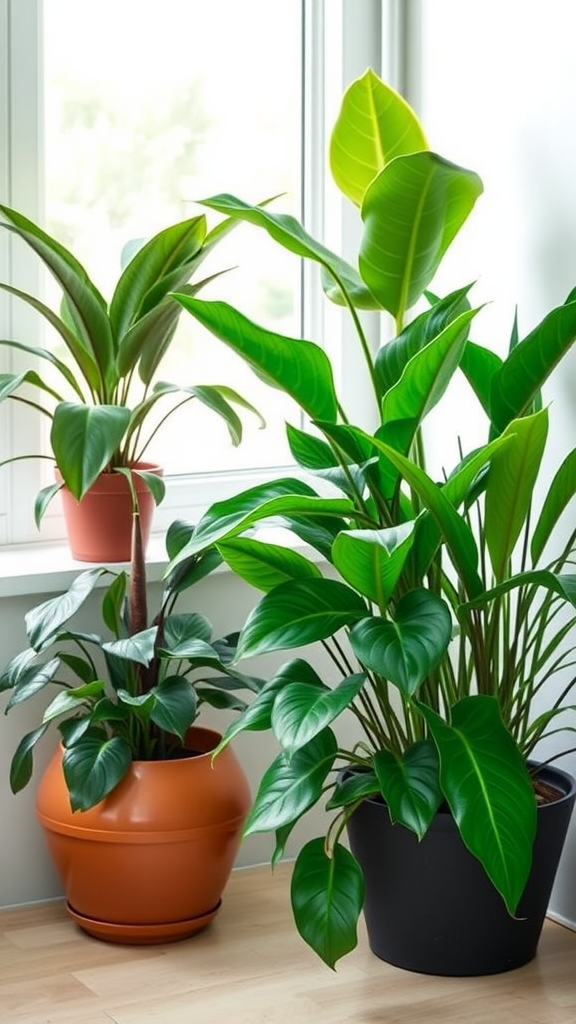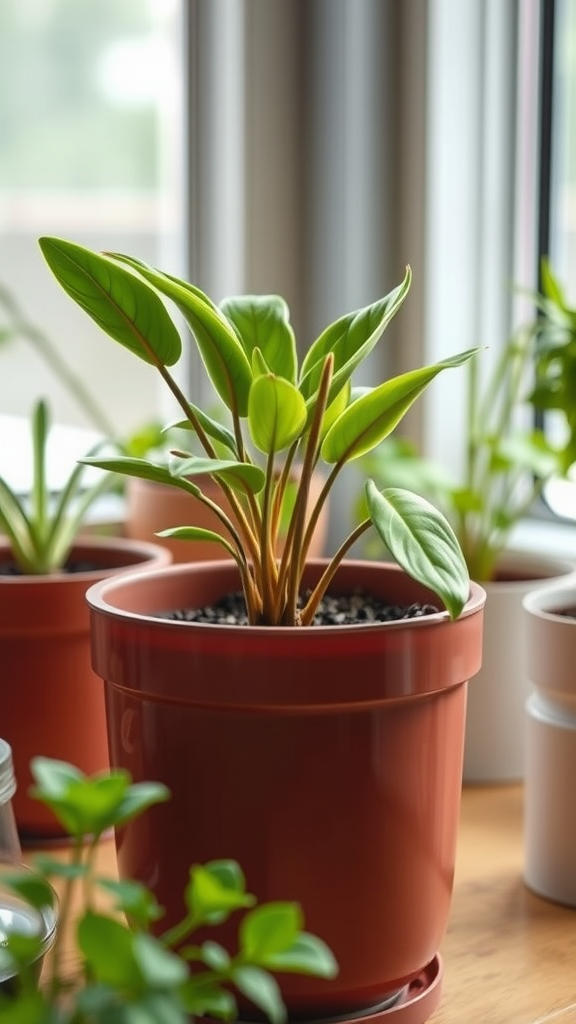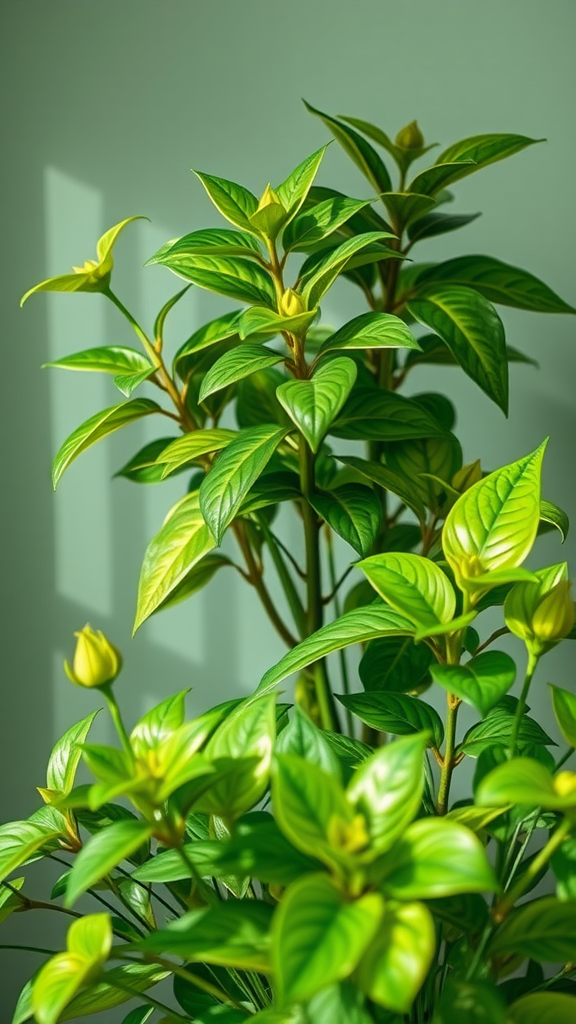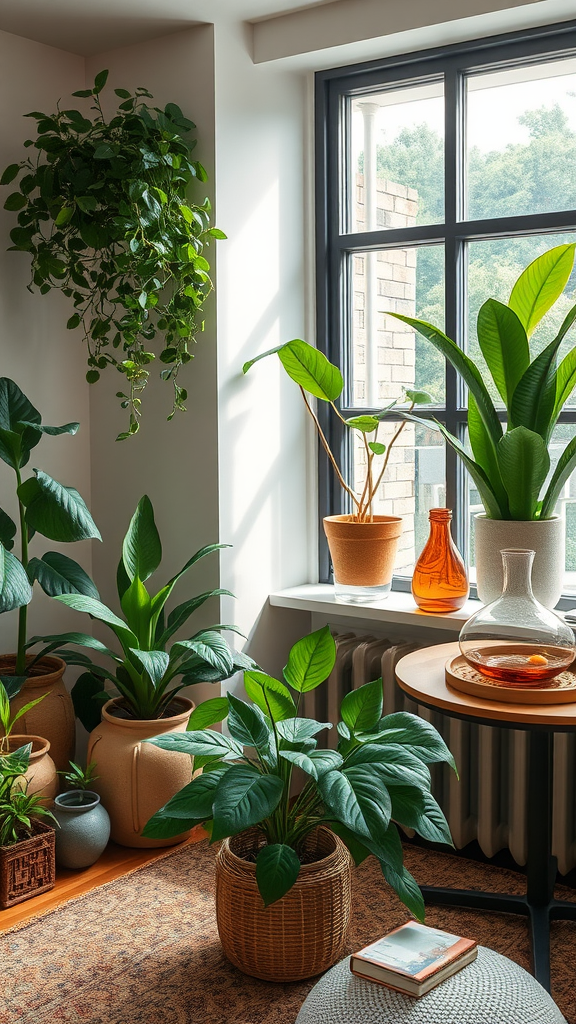Common Plant Problems and How to Fix Them
If you’re a plant lover, you know that sometimes our green friends can face a range of issues. From pests to poor growth, understanding common plant problems and how to tackle them can make a huge difference in keeping your plants healthy. Let’s take a closer look at these issues and their solutions.
Yellowing Leaves
One of the most common issues is yellowing leaves. This can signal several problems:
- Nutrient Deficiency: A lack of nitrogen, magnesium, or iron can cause leaves to turn yellow. Consider using a balanced fertilizer to replenish these nutrients.
- Overwatering: Too much water can suffocate the roots and lead to yellow leaves. Check the soil moisture and allow it to dry out before watering again.
- Pest Infestation: Check for pests like spider mites or aphids. If present, treat the plant with insecticidal soap or neem oil.
Brown Tips on Leaves
Brown tips on your plant’s leaves can be alarming. Here are some possible causes and their fixes:
- Low Humidity: Many houseplants prefer a humid environment. Increase humidity by misting the leaves or placing a humidity tray nearby.
- Over-Fertilization: Too much fertilizer can cause leaf burn. If this is the case, flush the soil with water to remove excess nutrients.
- Underwatering: Ensure you are watering consistently. Plants should not dry out completely between watering.
Wilting Plants
Wilting is another sign of distress. It could mean:
- Underwatering: If the soil feels dry, give your plant a thorough drink. Make sure excess water drains out to avoid soggy soil.
- Overwatering: Conversely, roots drowning can also cause wilting. Check if the soil is soggy; if so, allow it to dry before watering.
- Pests: Pests can damage the plant severely, leading to wilting. Evaluate your plant for any insect activity and treat it promptly.
Stunted Growth
If your plant isn’t growing as it should, it might be struggling with:
- Insufficient Light: Make sure your plant is receiving the right amount of sunlight for its needs. Move it closer to a window or provide supplemental grow lights.
- Root Bound: Check if your plant has outgrown its pot. If so, it’s time to repot into a larger container with fresh soil.
- Poor Soil Quality: Soil that has lost its nutrients can cause stunted growth. Consider changing the soil and adding compost for a nutrient boost.
Leaf Drop
Seeing leaves drop can be a worrying sign. The main factors contributing to leaf drop might include:
- Stress from Temperature Change: Plants are sensitive to drastic changes in temperature. Keep them in a stable environment, away from drafts.
- Improper Watering: Both overwatering and underwatering can cause leaf drop. Ensure you find a watering schedule that works based on your plant’s needs.
- Acclimatization: If you’ve recently moved your plant, it may take time to adjust to the new location. Patience is key!
Pest Issues
Pests are unwelcome visitors for any plant owner. Here are some common pests and tips to deal with them:
- Aphids: These tiny insects can cause significant damage. Use insecticidal soap or a strong stream of water to remove them.
- Spider Mites: Look for fine webs on the leaves. Increase humidity and wipe leaves with water or use neem oil for control.
- Mealybugs: These fuzzy white bugs suck plant sap. Use a cotton swab dipped in alcohol to remove them.
By identifying these common plant problems early and applying the right solutions, you can foster a thriving indoor garden. Healthy plants not only beautify your space but also contribute positively to your well-being. Happy planting!
Identifying and Preventing Plant Diseases in Your Garden
When you cultivate a garden, the thrill of watching your plants grow can quickly turn to worry when you notice signs of disease. Identifying plant diseases early can dramatically increase your chances of saving your green companions. In your journey as a gardener, understanding how to spot problems and take preventive measures is essential. Let’s delve into ways to identify and prevent plant diseases.
Common Symptoms of Plant Diseases
Familiarizing yourself with the common symptoms of plant diseases is the first step to effective gardening. Here are some signs to look out for:
- Wilting: If your plants appear droopy or lifeless, it could be a sign of root problems or diseases affecting water absorption.
- Discoloration: Yellowing leaves or dark spots may indicate a nutrient deficiency or a bacterial infection.
- Stunted Growth: Plants that don’t grow as expected might be suffering from diseases that hinder their ability to thrive.
- Leaf Drop: Noticing leaves falling off without reason? This could signify stress from disease or environmental factors.
- Mold or Mildew: The appearance of white, gray, or black fungus-like growths can indicate fungal diseases.
Identifying the Type of Disease
Once you notice symptoms, the next step is determining the type of disease affecting your plants. Common categories include:
- Fungal Diseases: These often thrive in damp conditions. Look for spots, blights, or powdery residues.
- Bacterial Diseases: These may cause wilting and can spread rapidly. Check for slimy or water-soaked areas.
- Viral Diseases: Viruses usually produce mottled or curled leaves. They can be difficult to control and may require the removal of infected plants.
Preventing Plant Diseases
Prevention is far more effective than treatment when it comes to plant diseases. Here are some practical tips to keep your garden healthy:
- Choose Resistant Varieties: Some plants are bred to resist certain diseases. Do your research before planting!
- Practice Crop Rotation: Rotating your crops helps to prevent disease buildup in the soil.
- Maintain Airflow: Space your plants adequately to ensure good airflow, reducing humidity and fungal growth.
- Water Wisely: Water in the morning and avoid wetting the leaves. This minimizes the risk of fungal infections.
- Clean Your Tools: Always disinfect your gardening tools to prevent the spread of diseases.
Regular Monitoring
Keeping an eye on your plants regularly can help you catch diseases early. Spend time in your garden observing changes in color, shape, and growth patterns. A few minutes each day can save you from potential issues down the line.
Treating Infected Plants
If you find that your plants are already infected, taking action quickly is vital. Here’s how to treat various issues:
- Fungicides: These can help combat fungal infections when applied as directed.
- Bactericides: These work similarly to fungicides but target bacterial issues.
- Manual Removal: For viral diseases, remove and dispose of infected plants immediately to prevent spread.
Using organic solutions such as neem oil can also be an effective way to treat numerous plant diseases without harming beneficial insects.
A Healthy Garden Environment
Creating an environment that promotes the health of your plants will minimize disease risk. Start by enriching your soil with compost to improve its nutrient content. Mulching helps retain moisture while preventing weed growth, which can harbor harmful pests and diseases. Additionally, encourage beneficial insects that help control pests naturally.
As you tend to your garden, remember that vigilance and preventive measures are your best allies against plant diseases. By understanding the symptoms, knowing how to identify types of diseases, and implementing effective preventative strategies, you can enjoy a thriving garden for years to come.
Conclusion
Dealing with common plant problems can feel overwhelming, but equipping yourself with knowledge is the first step to ensuring a thriving garden. You’ve learned how to identify and address various plant issues, from yellowing leaves to pest infestations. Understanding these problems helps you create a healthier ecosystem for your plants.
Recognizing the signs of plant diseases early on is crucial for prevention and treatment. Regularly inspecting your plants will allow you to catch issues before they escalate. Remember, maintaining the right conditions—such as proper watering, adequate sunlight, and suitable soil—can significantly reduce the likelihood of diseases taking hold in your garden.
A proactive approach is always better than a reactive one. By implementing practices like crop rotation and encouraging beneficial insects, you can prevent many common ailments. Don’t hesitate to reach out to local gardening communities or online resources for guidance and support. The more you learn, the better equipped you’ll be to tackle any challenges that arise.
Remember that gardening is a journey filled with trial and error. Each experience, whether successful or not, will deepen your understanding and improve your skills. Keep experimenting, stay observant, and don’t be discouraged by setbacks. With patience and persistence, you can maintain a vibrant and flourishing garden, turning common plant problems into opportunities for growth and learning.

